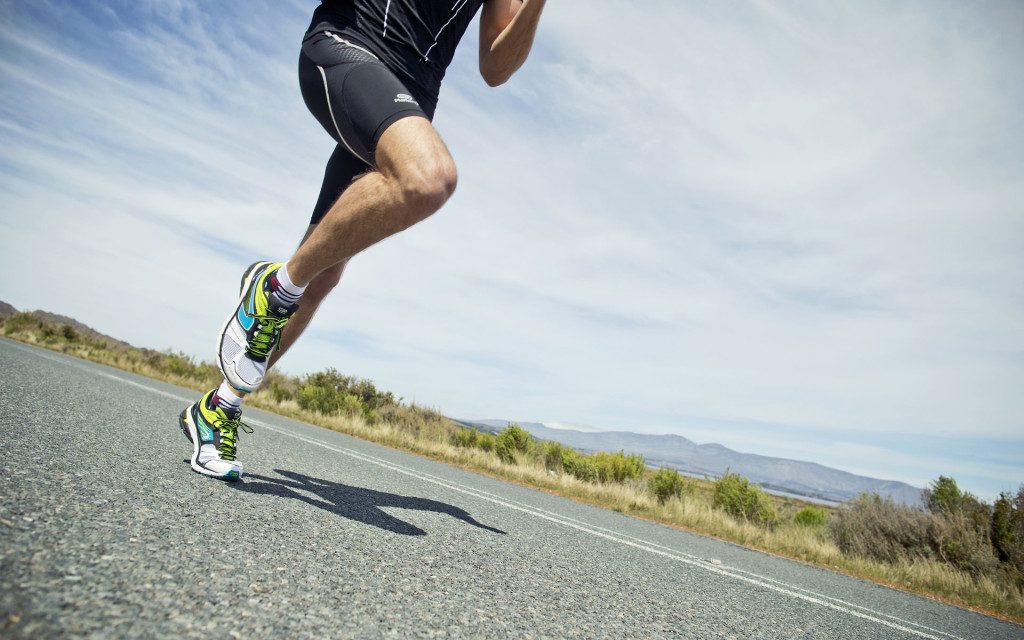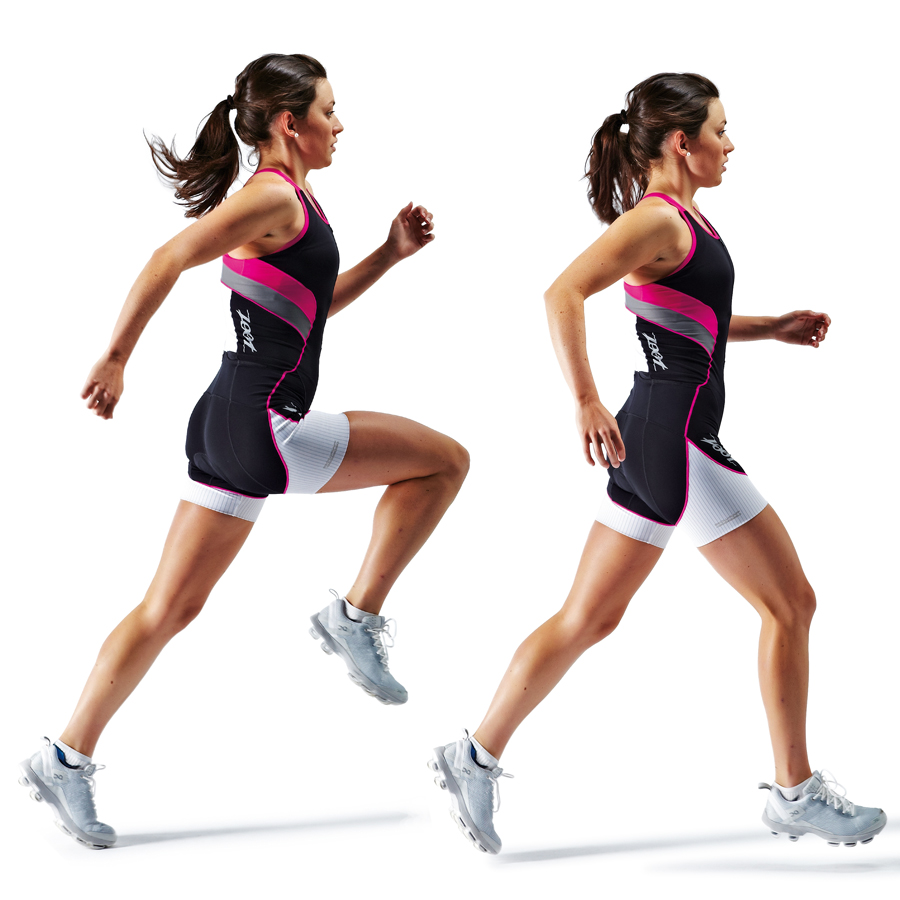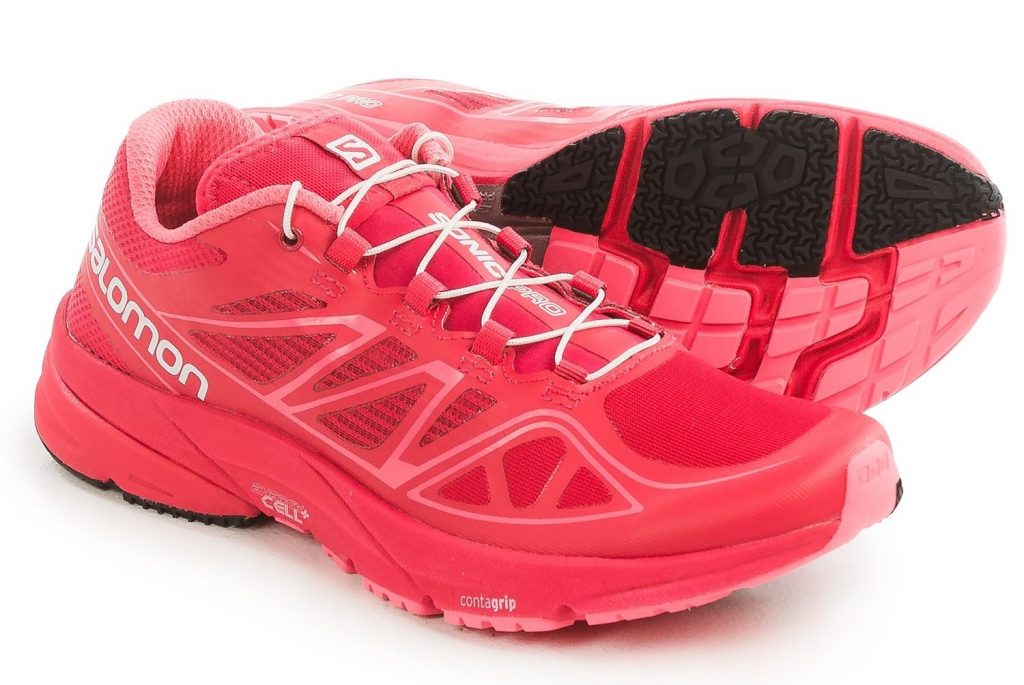
Modern running shoe brands have their products in almost every corner of the world. Advertisements are the fuel that is needed to purchase these brands seeing how perfect they look on the runner’s feet. However, while some brands might have some of the best running shoes, it takes more than a company logo to settle for your ideal running shoe. Choosing the best running shoe hinges more on your running style and how your feet are shaped than a company logo. Therefore, before hitting the store in search of a new shoe, you have to figure out your running style and the type of runs you make. Also, seeing how comfortability is key while running, you need a shoe that fits perfectly and has all the necessary features.

Typically, good running shoes should serve you for a minimum of 400 running miles. That’s about three to four months of regular running. When the outsoles or midsoles start wearing out or get compressed, then it’s time to hit the store and buy new running shoes. Here are some additional tips to help you choose the best running shoe.
See Also: Best Running Shoes For Women – Affordable Nike, Brooks, Skechers & More
Guide to Choosing The Best Running Shoe
1. A shoe for Each Surface
Running shoes are not only designed for running, the topography of the area you run in and the intensity at which you do it separate one running shoe from the other. As such, different running shoes are designed for unlike surfaces.
Road-running shoes are what most people in urban areas should purchase seeing they are specially designed for pavements. They are flexible and light and help cushion your feet when they hit hard surfaces. However, before purchasing these shoes, ensure that the surface you intend to run on is even or has little irregularities.
Another shoe category is trail-runners; designed for runners who like to veer off-road where the surface is less even with rock, roots, and dozens of obstacles. These shoes are not only designed to provide underfoot protection but are also ideal for finding stability on uneven ground. Their solid tread enhances traction making it possible to run on such surfaces with ease and with minimal risk to your ankles or feet.
Lastly, we have cross-training shoes. These shoes are what you should wear to the gym or when you’re involved in any balancing act activity. If you do not run outside and prefer a treadmill instead, these are the perfect shoes for you. Remember to try the shoes out before purchasing them to ensure that they fit correctly.
2. Running Style

There are five types of running shoes designed to complement four different running styles. We’ll get into the various types of shoes later but for now, let us explore these running styles. They include pronation, overpronation, supination, and barefoot otherwise known as minimalist running. Pronation is a running style where you use your foot’s ball and a minor portion of your heel.
See Also: 10 Best Running Shoes For Men With Guaranteed Stability and Cushioning
This running style is ideal because it absorbs the impact when your heel hits the ground thereby relieving the pressure created at the knee and joint levels. It is the perfect style for runners who want to keep at it for a long time. On the other hand, overpronation leaves patterns on your shoe’s inner edge since it exaggerates your foot’s inward roll.
The running style is not advisable and is responsible for most running-related injuries and pain in the knees. Supination, otherwise known as underpronation wears your shoe’s outer edge because of deficient impact reduction when your foot hits the ground. If this is your running style, then you need a shoe with a lot of flexibility and cushioning.
Lastly, barefoot or minimalist running is characterized by the forefoot or the mid-foot hitting the ground first. If this is your running style, then you should avoid any shoe with a high cushion as it might result in an injury. Instead, opt for a shoe with an even sole so that even after your forefoot or mid-foot hits the ground, you can cushion the impact of your foot evenly to avoid any stress on your ankles and knees.
3. Types of Running Shoes

As mentioned earlier, there are five types of running shoes. These include neutral shoes, stability shoes, motion control shoes, barefoot shoes, and minimalist shoes. Neutral shoes are perfect for people whose ideal running style is supination. However, they are also good for slight pronators thanks to their excellent shock absorption qualities and arch support.
To enjoy running while in these shoes, ensure that they are super cushioned for increased shock absorption, which guarantees less damage to your legs. Stability shoes are ideal for mild overpronators. Their arch side is reinforced seeing that this area is what most overpronators use while running to reduce impact when your feet hit the ground.
However, if your running style reveals serious overpronation, then your ideal footwear should be motion control shoes. Their stiff heels and straight design are perfect for countering the effects of overpronation. For running at the gym or on flat surfaces, purchase barefoot shoes. They are designed with no difference in height between the toe and the heel thereby offering less protection upon contact with the ground.
Still, the last category, minimalist shoes, features lighter construction despite a 4-8 mm difference between the toe and the heel. However, they offer better flexibility and cushioning and are the ideal pair for natural runners with mid-foot strikes. Despite their light nature, minimalist shoes should serve you for over 350 miles of regular running.
See Also: 12 Best Basketball Shoes For Outdoor Performance
4. Shoe Features
Before purchasing a running shoe, you should first explore its upper, midsole, and outsoles features. Some of these features include EVA or Ethylene Vinyl Acetate, a foam used in making proper midsoles, posts designed to make the midsole harder to compress, waterproof uppers to help keep your feet dry, and nylon mesh, which enhances breathability and helps reduce your shoe weight.
Also, depending on your running style, pick a shoe with the right toe-to-heel drop. A medium drop is ideal for mid-foot or forefoot runners while a high one is perfect for heel runners.
Conclusion
Aside from the tips mentioned above, measure your foot to ensure that you get the perfect running shoe. Try shopping for a running shoe at the end of the day because at that time your feet are swollen from the day’s activities. Also, ensure that the laces are not extra tight and your toes get a little breathing space.




